 We are told over and over again about the benefits of physical activity, but many of us find lots of excuses not to do it, or not to do it consistently anyhow. Kudos to the many rockstars that embrace it and engage in some sort of activity on a consistent basis – please motivate us! Physical activity impacts many aspects of our lives and can help improve your mood, your sense of well-being and improve endurance while helping with depression and fatigue. Studies suggest that physical activity may help to prevent/reduce the risk of a secondary cancer later in life and/or lower the risks of other cancers. So, go enjoy the cooler temps of fall and get moving. (If you are in Tucson join Bag It for our annual Take a Hike at Catalina State Park on October 27th) Physical activity includes walking, swimming, cycling, gardening and other activities that keep you from sitting or remaining sedentary for long periods of time – even dancing! It is always important to consult with your healthcare team, especially if making major changes to your activity or if you are in or recently completed (cancer) treatment. This doesn’t mean you can’t move and research shows that physical activity during and after treatment can actually help. Talk with your doctor and other healthcare team members about your physical activity. They can provide guidance and help you find exercise resources.
We are told over and over again about the benefits of physical activity, but many of us find lots of excuses not to do it, or not to do it consistently anyhow. Kudos to the many rockstars that embrace it and engage in some sort of activity on a consistent basis – please motivate us! Physical activity impacts many aspects of our lives and can help improve your mood, your sense of well-being and improve endurance while helping with depression and fatigue. Studies suggest that physical activity may help to prevent/reduce the risk of a secondary cancer later in life and/or lower the risks of other cancers. So, go enjoy the cooler temps of fall and get moving. (If you are in Tucson join Bag It for our annual Take a Hike at Catalina State Park on October 27th) Physical activity includes walking, swimming, cycling, gardening and other activities that keep you from sitting or remaining sedentary for long periods of time – even dancing! It is always important to consult with your healthcare team, especially if making major changes to your activity or if you are in or recently completed (cancer) treatment. This doesn’t mean you can’t move and research shows that physical activity during and after treatment can actually help. Talk with your doctor and other healthcare team members about your physical activity. They can provide guidance and help you find exercise resources.
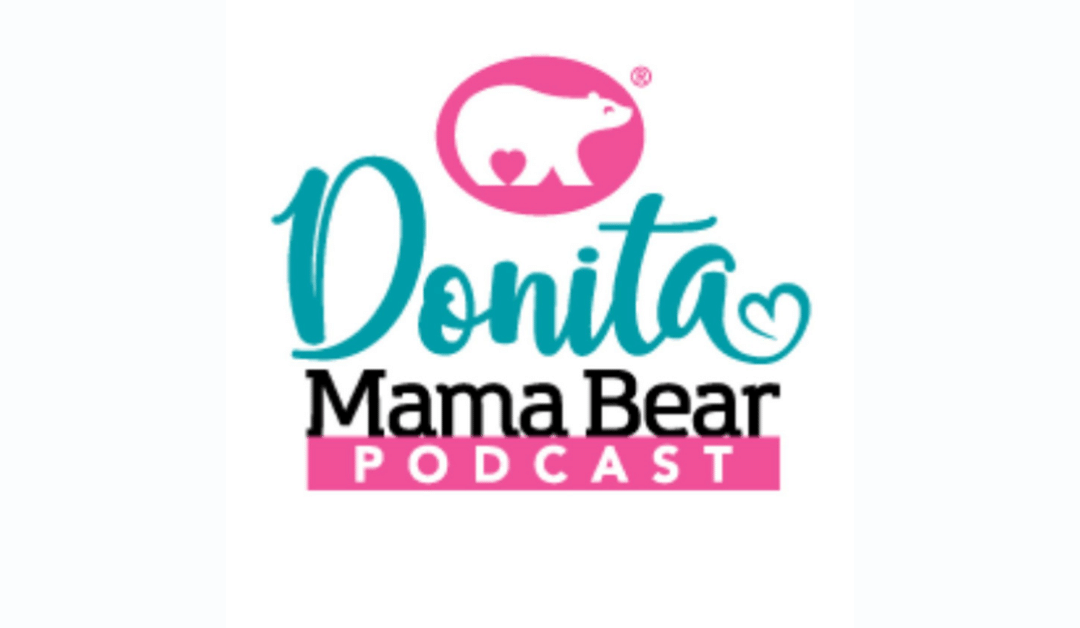

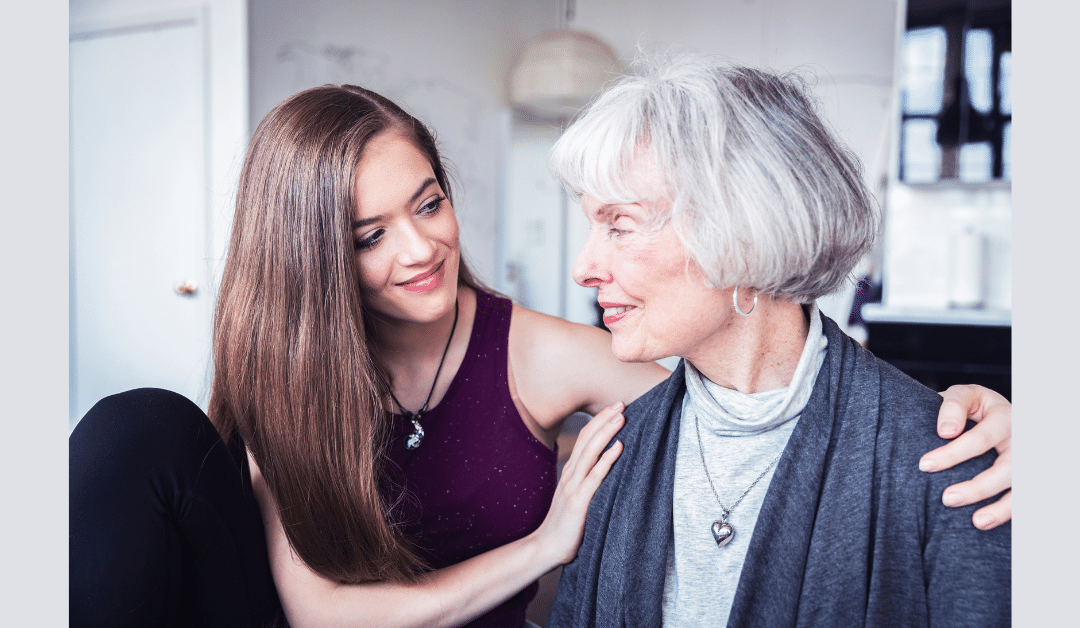

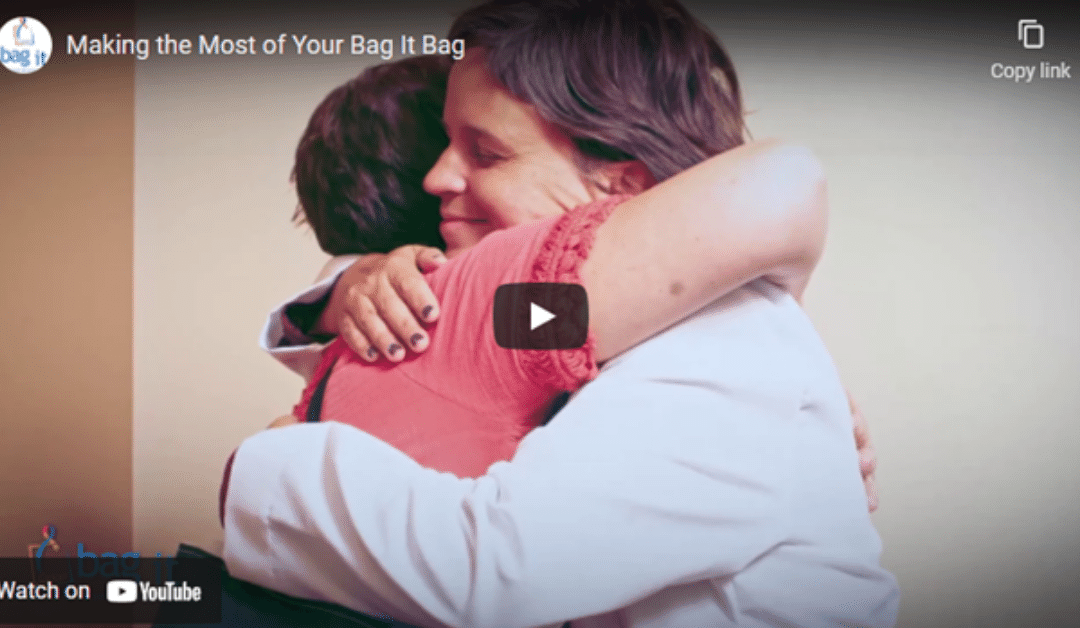
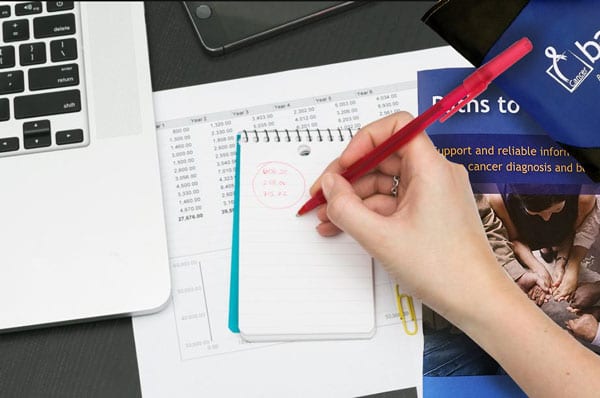
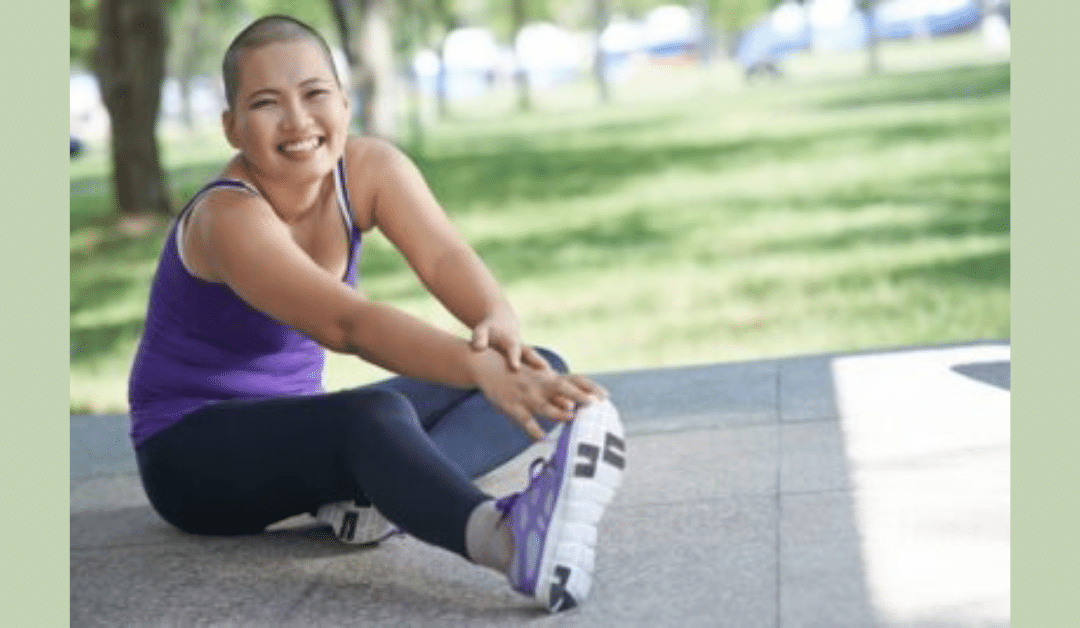
 We are told over and over again about the benefits of physical activity, but many of us find lots of excuses not to do it, or not to do it consistently anyhow. Kudos to the many rockstars that embrace it and engage in some sort of activity on a consistent basis – please motivate us! Physical activity impacts many aspects of our lives and can help improve your mood, your sense of well-being and improve endurance while helping with depression and fatigue. Studies suggest that physical activity may help to prevent/reduce the risk of a secondary cancer later in life and/or lower the risks of other cancers. So, go enjoy the cooler temps of fall and get moving.
We are told over and over again about the benefits of physical activity, but many of us find lots of excuses not to do it, or not to do it consistently anyhow. Kudos to the many rockstars that embrace it and engage in some sort of activity on a consistent basis – please motivate us! Physical activity impacts many aspects of our lives and can help improve your mood, your sense of well-being and improve endurance while helping with depression and fatigue. Studies suggest that physical activity may help to prevent/reduce the risk of a secondary cancer later in life and/or lower the risks of other cancers. So, go enjoy the cooler temps of fall and get moving. 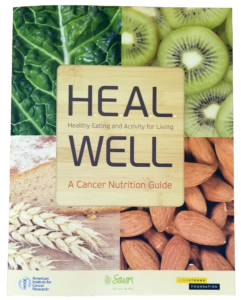
Recent Comments